Focus on Cost Reduction
Cost reduction remains a pivotal driver for the automated optical inspection system market in Japan. As companies face increasing pressure to enhance profitability, the implementation of automated inspection systems offers a viable solution to minimize operational costs. By reducing the reliance on manual inspection processes, businesses can achieve significant savings in labor costs and time. In 2025, it is estimated that companies utilizing these systems could reduce inspection costs by up to 30%. This financial incentive encourages more manufacturers to invest in automated optical inspection technologies, thereby expanding the market. Additionally, the long-term benefits of improved accuracy and reduced rework costs further enhance the appeal of these systems. Consequently, the focus on cost reduction is likely to drive the growth of the automated optical-inspection-system market in Japan.
Increased Investment in R&D
The automated optical inspection system market in Japan is benefiting from increased investment in research and development (R&D) activities. As companies seek to innovate and improve their inspection technologies, R&D plays a crucial role in advancing the capabilities of automated systems. In recent years, investments in R&D have surged, with estimates indicating a growth of approximately 12% in funding allocated to optical inspection technologies. This influx of resources enables the development of more sophisticated systems that can handle complex inspection tasks with greater accuracy. Furthermore, collaboration between industry players and research institutions fosters innovation, leading to the introduction of cutting-edge solutions in the market. As a result, the emphasis on R&D is expected to significantly contribute to the expansion of the automated optical-inspection-system market in Japan.
Rising Demand for Quality Assurance
The automated optical inspection system market in Japan is experiencing a notable surge in demand driven by the increasing emphasis on quality assurance across various industries. As manufacturers strive to enhance product reliability and minimize defects, the adoption of automated optical inspection systems becomes essential. In 2025, the market is projected to grow at a CAGR of approximately 8.5%, reflecting the industry's commitment to maintaining high standards. This trend is particularly evident in sectors such as electronics and automotive, where precision is paramount. The integration of advanced imaging technologies within these systems allows for real-time monitoring and defect detection, thereby ensuring that products meet stringent quality benchmarks. Consequently, the focus on quality assurance is likely to propel the growth of the automated optical-inspection-system market in Japan.
Technological Integration in Manufacturing
The automated optical inspection system market is significantly influenced by the ongoing technological integration within the manufacturing sector in Japan. As industries adopt Industry 4.0 principles, the need for sophisticated inspection systems that can seamlessly integrate with existing production lines becomes increasingly apparent. The market is expected to witness a growth rate of around 7% in the coming years, driven by the demand for systems that utilize artificial intelligence and machine learning for enhanced defect detection. These technologies enable manufacturers to optimize their processes, reduce waste, and improve overall efficiency. Furthermore, the ability to collect and analyze data in real-time allows for proactive decision-making, which is crucial in maintaining competitive advantage. Thus, the technological integration trend is likely to bolster the automated optical-inspection-system market.
Growing Need for Compliance with Industry Standards
The automated optical inspection system market is increasingly driven by the growing need for compliance with industry standards in Japan. As regulatory bodies impose stricter guidelines on product quality and safety, manufacturers are compelled to adopt advanced inspection systems to ensure adherence. This trend is particularly pronounced in sectors such as pharmaceuticals and food processing, where compliance is critical. The market is projected to grow by approximately 9% as companies invest in automated optical inspection technologies to meet these regulatory requirements. By implementing these systems, manufacturers can not only ensure compliance but also enhance their reputation and customer trust. Therefore, the growing need for compliance with industry standards is likely to be a significant driver for the automated optical-inspection-system market.

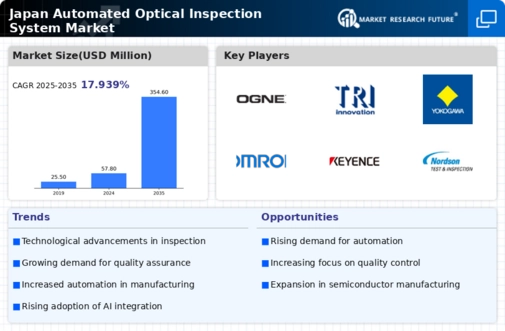
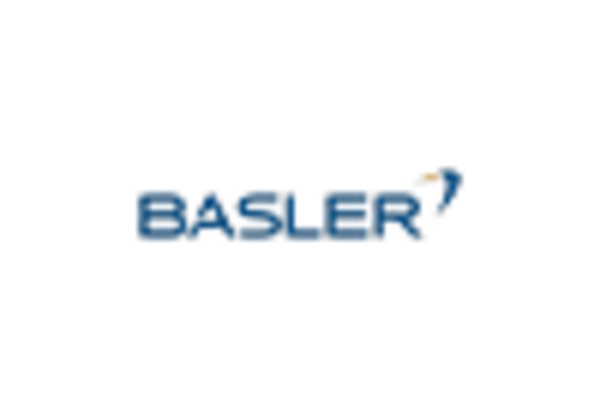
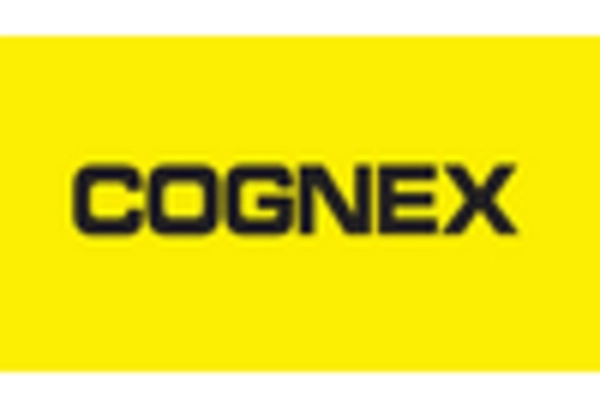

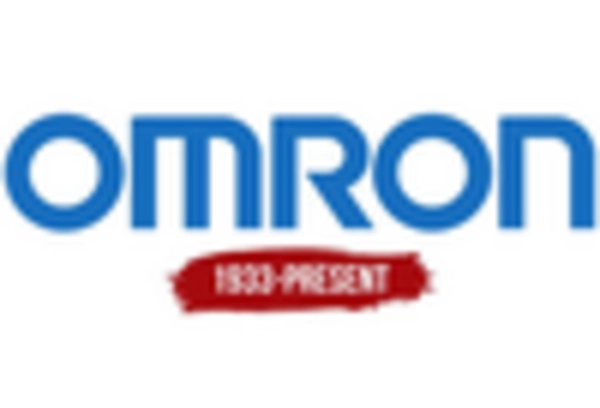
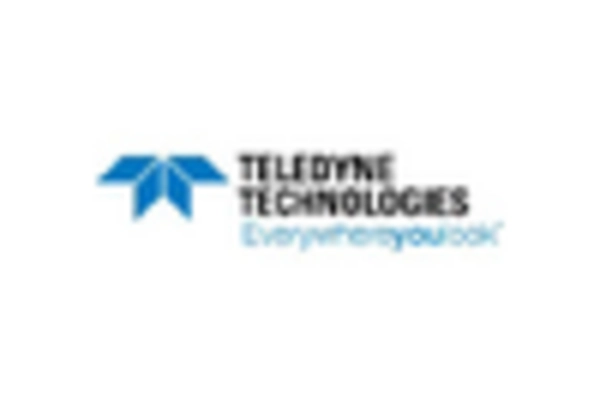
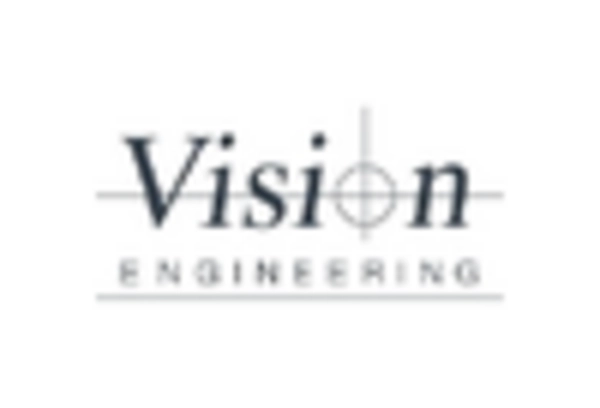








Leave a Comment